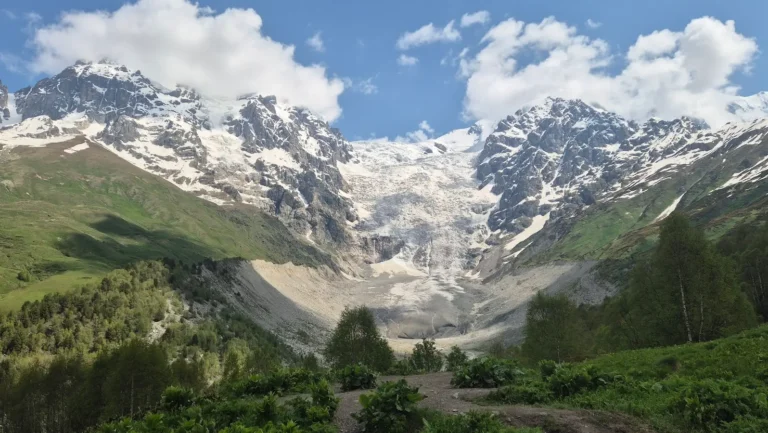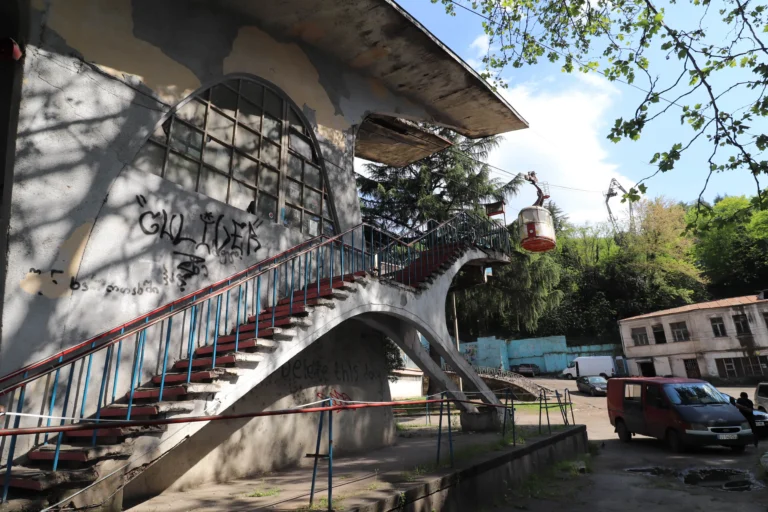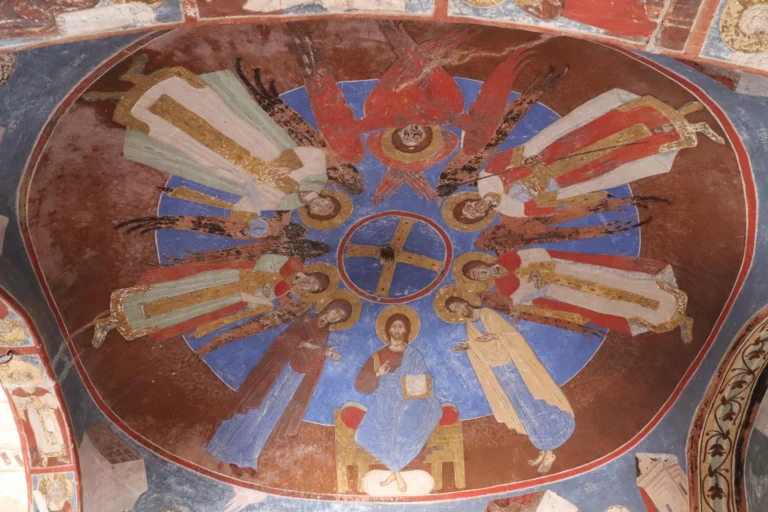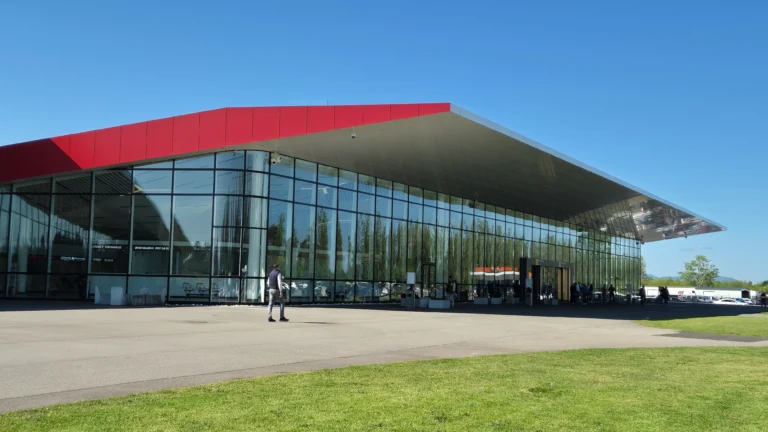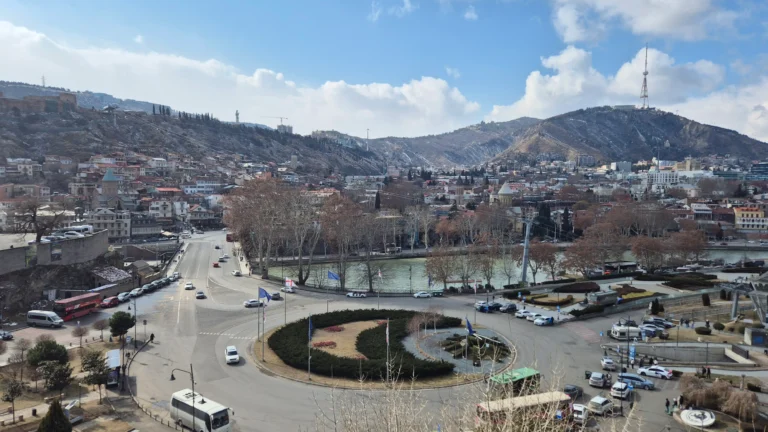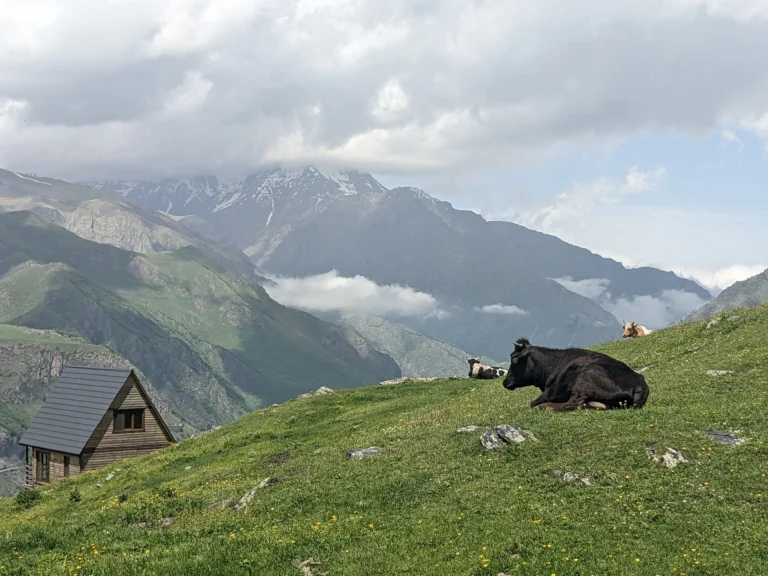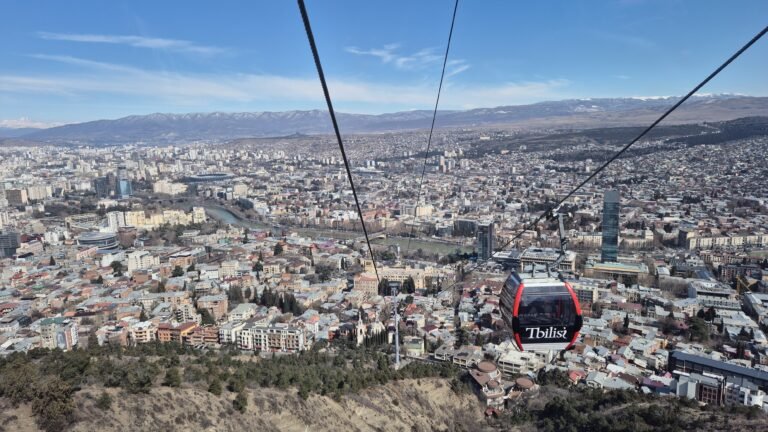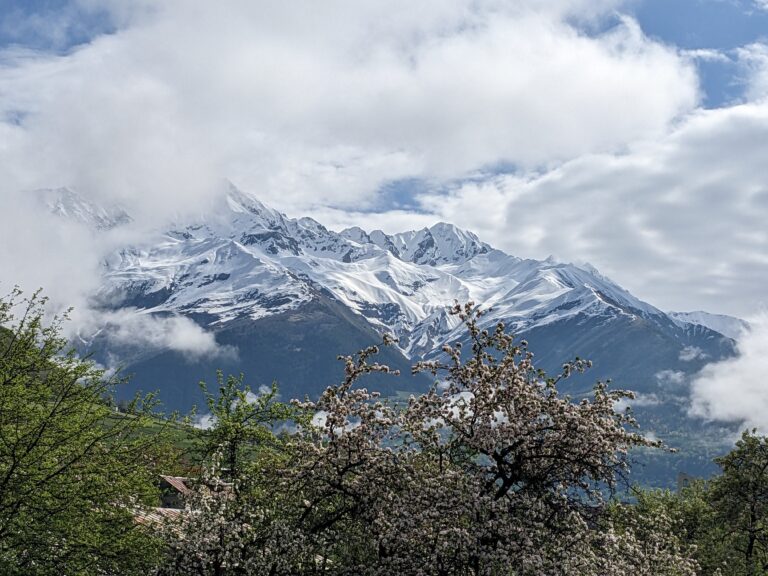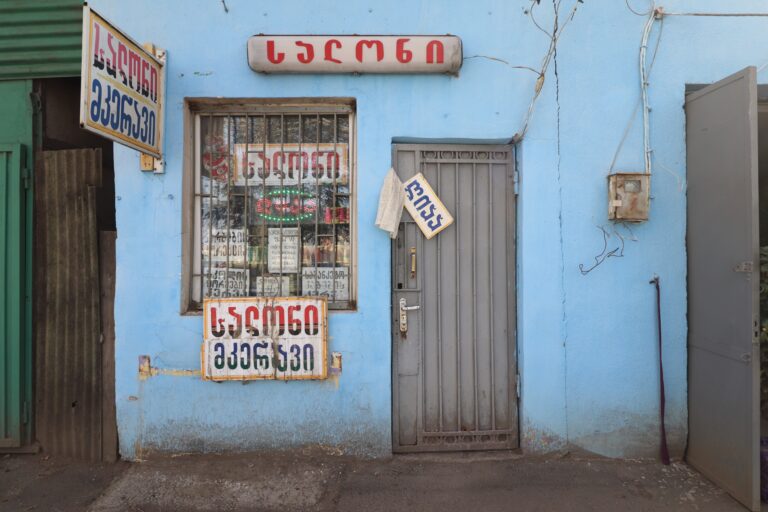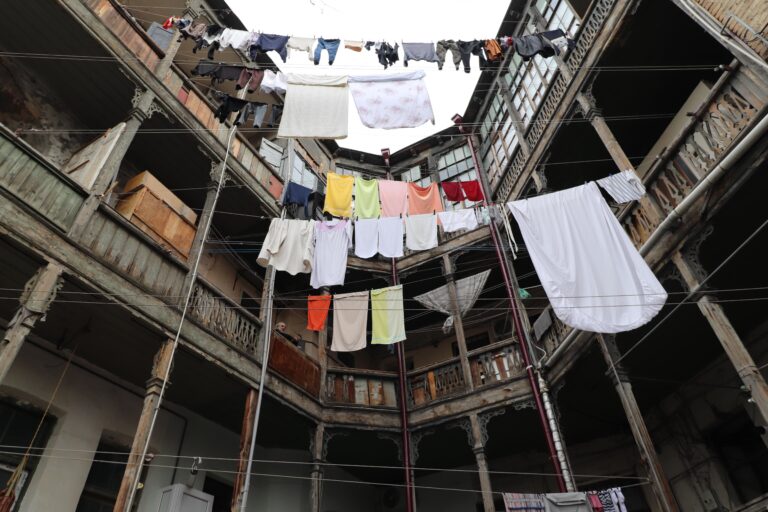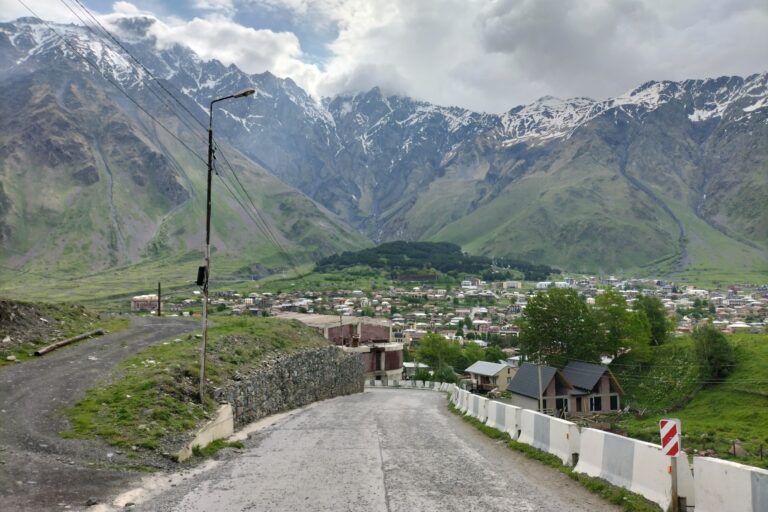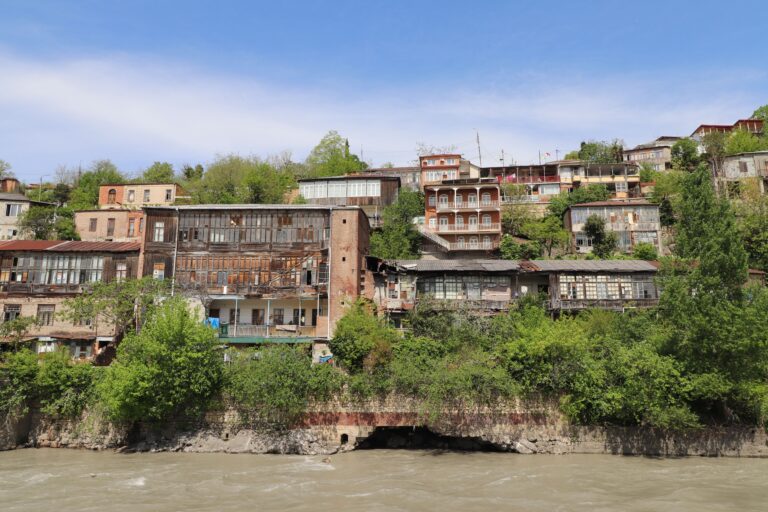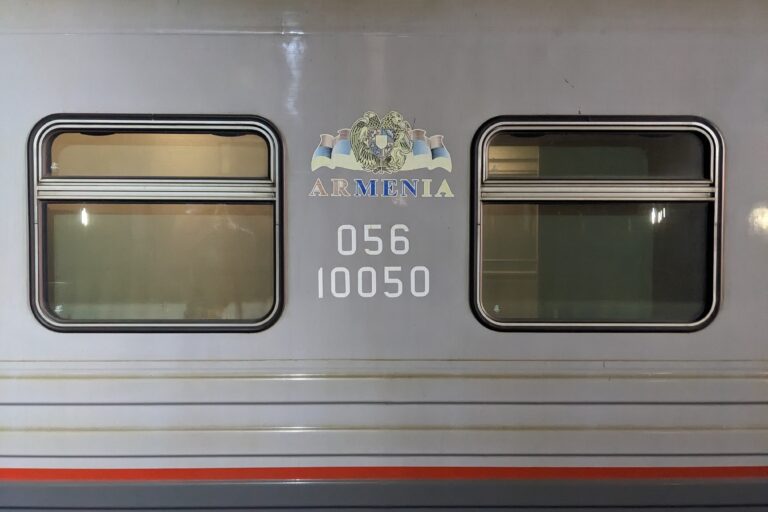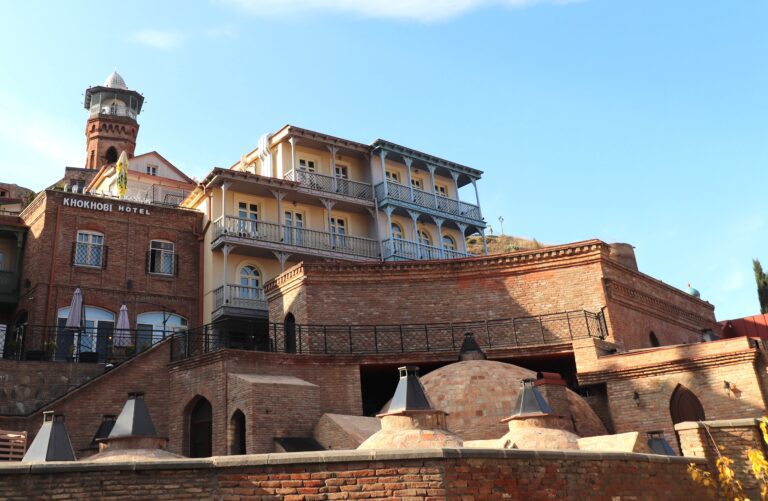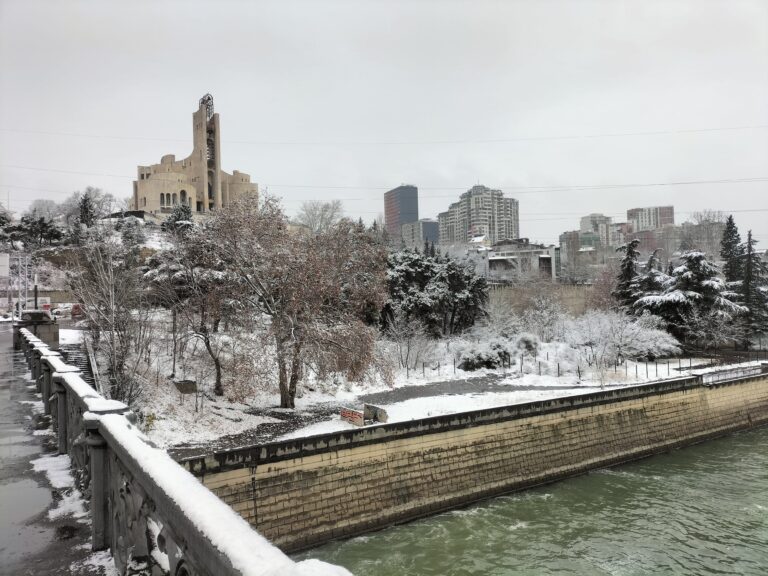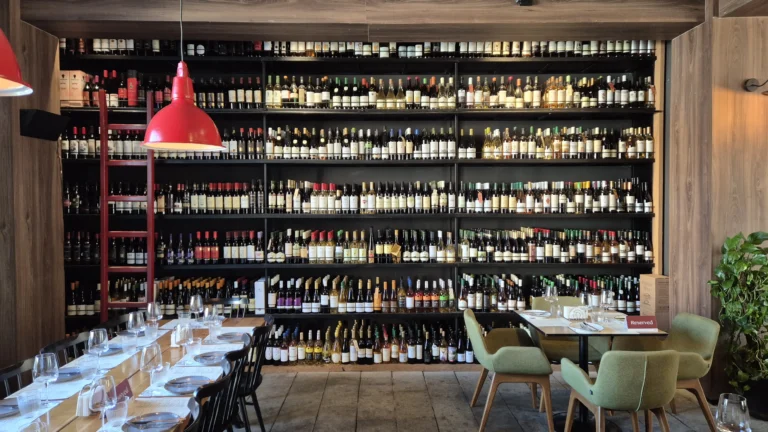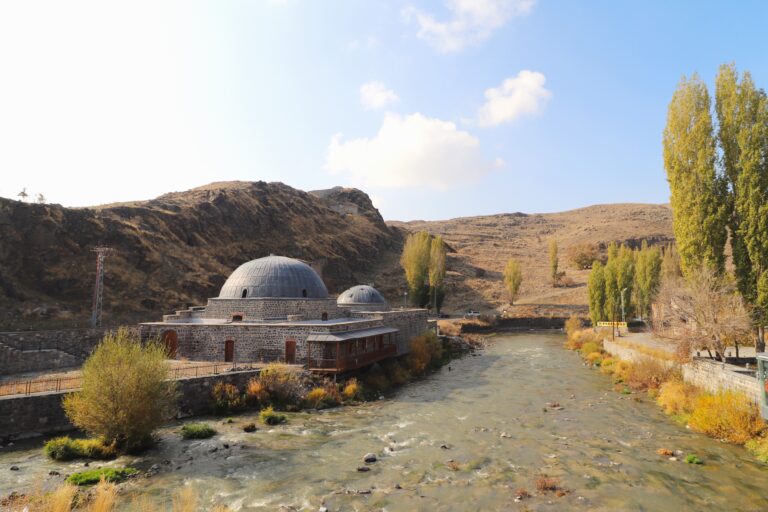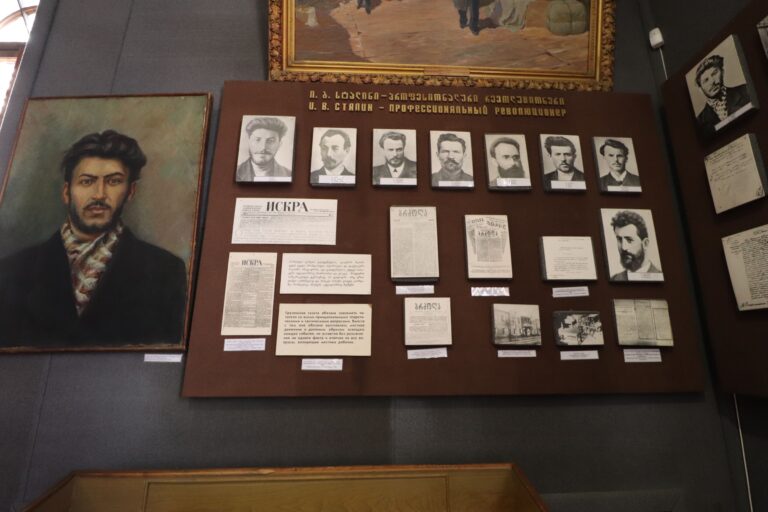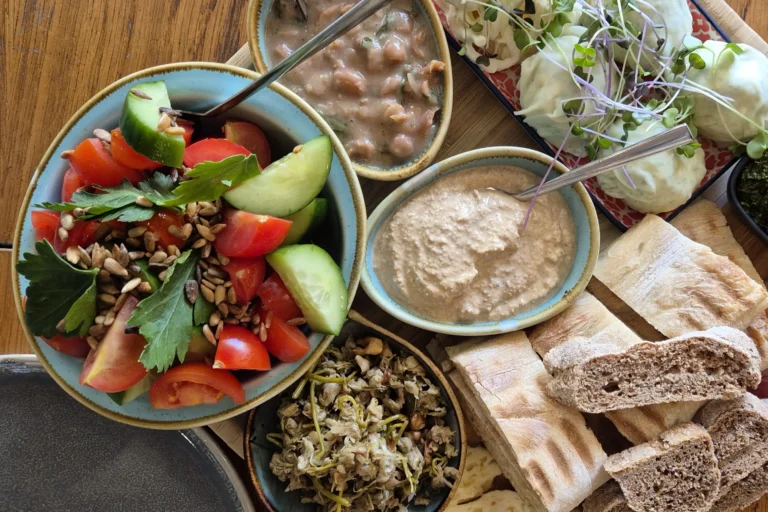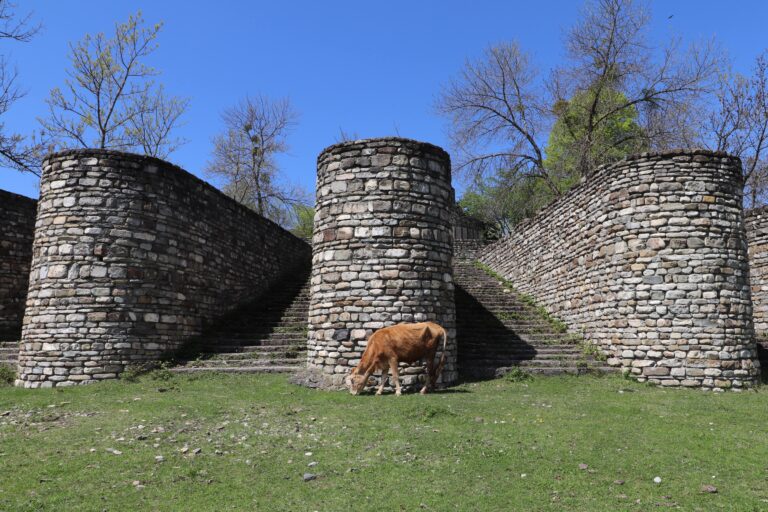Georgia
Quick Links
Tips & Transport | Food | Nature & Outdoors | Tbilisi | Kutaisi | Batumi | East Georgia
A haven for hikers, street photographers, history buffs, architecture fanatics, culture seekers, vegetarians, and wine lovers; Georgia has something for everyone.
And I know that’s a bit cliche, but I feel like I could tailor a trip to Georgia for almost any travel taste because there is such a wide variety of things to do in this small country!
Explore the mountains of Kazbegi and Svaneti, get really off the beaten path visiting Pankisi Valley, try all the wine with outstanding views in Sighnaghi, Telavi and Tsinandali, and feel the tropical vibe of Guria and its tea plantations.
See the wackiness of Batumi’s architecture, explore the UNESCO cave cities of Vardzia and Uplistsikhe, eat all the varieties of khachapuri you can find, experience retro Gori, see the monasteries of Kutaisi, and get lost in the backstreets of Tbilisi’s old town.
Put on your trousers with the elasticated waistband, lace up your hiking boots and charge up your camera; you are in for an absolute treat.
Tips & Transport
Travel Tips for Georgia (Country): 13 Useful Things to Know
Georgia Transport Guide: Marshrutka Madness
Don’t Fancy a Marshrutka? Here are 8 Spots in Georgia You Can Reach by Train
Tbilisi Airport to the City Centre: 3 Ways to Get There
How to Get from Kutaisi Airport to the City Centre: 3 Best Methods
Tbilisi Transport Guide for Travellers: Navigate Tbilisi Like a Pro!
Tbilisi
Tbilisi Airport to the City Centre: 3 Ways to Get There
Is Tbilisi Worth Visiting? Yes! Here’s Why…
Your Vegetarian Guide to Tbilisi: 25 Restaurants
Tbilisi in Winter: the Best European Winter City Break
Sulphur Bath in Tbilisi: What Is It Really Like?
13 Beautiful Stops Between Tbilisi and Kazbegi along the Georgian Military Highway
Tbilisi Transport Guide for Travellers: Navigate Tbilisi Like a Pro!

